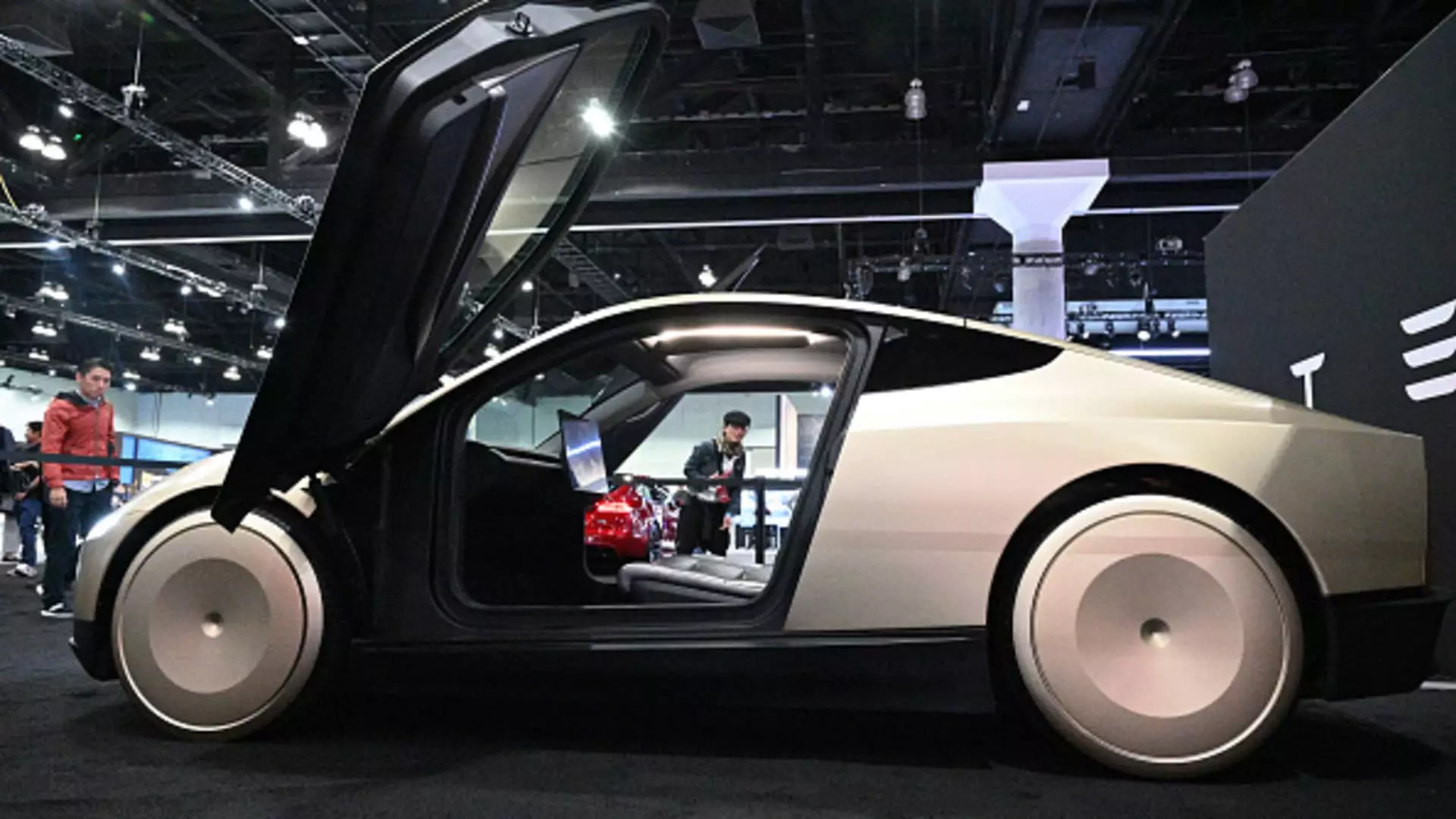The winds of change are blowing through the realm of autonomous vehicles in California, where the Department of Motor Vehicles (DMV) has unveiled its plans for a new regulatory framework. This initiative is poised to affect a wide spectrum of autonomous vehicle types, from light-duty robotaxis like Waymo’s to the more formidable heavy-duty driverless trucks manufactured by companies like Plus.AI. The DMV’s move is being framed as a commitment to public safety while simultaneously fostering a nurturing environment for innovation. However, the implications of these proposed regulations stretch far beyond regulatory compliance; they represent a critical intersection between technology, public trust, and ethical considerations integral to the future of transportation.
Innovative Frameworks and Public Safety: A Complicated Relationship
The DMV’s assertion that these regulations offer the “most comprehensive rules” in the nation is indeed ambitious. But ambition without execution can lead to a slippery slope. Public safety is ostensibly the driving force behind these regulations, yet one must question whether this framework will successfully translate theoretical safety into practical outcomes on the roads. With California being a testing ground for leading tech firms, are we setting a precedent that may prioritize innovation over safety? The complicated dance between fostering cutting-edge technology and ensuring that autonomous vehicles do not become harbingers of chaos is not to be taken lightly.
While it is imperative to innovate in the world of autonomous vehicles, the autonomous vehicle industry’s track record has not been entirely stellar. The recalls, accidents, and ongoing litigations indicate that unregulated or poorly regulated advancements can lead to catastrophic results. The comprehensive nature of these regulations aims to better ensure that ethics and safety aren’t merely afterthoughts but core components of autonomous vehicle deployment. The groundwork appears solid on paper, but how robust will the enforcement be in practice, particularly when innovation as a motivator often marches to the beat of economic incentives?
Echoes from Silicon Valley: The Tesla Conundrum
There is no discussion about autonomous vehicles in California without mentioning Tesla, a company that has promised a fully autonomous vehicle and ride-hailing service for years but has yet to secure the necessary permits for deployment. This situation illuminates a blatant inconsistency. Tesla’s outspoken CEO, Elon Musk, has pushed a narrative of technological inevitability, frequently blurring the lines between advertising and reality. The assumption that Tesla would lead the charge in autonomous vehicle deployment has not borne fruit, raising questions about the credibility of the company’s claims.
While Tesla has witnessed fluctuations in its stock price fueled by market anxieties, such as those surrounding trade policies, its current retreat from the Californian autonomous market reveals the potential ramifications of aggressive marketing without the backing of regulatory compliance. In an ironic twist, while other competitors, like Waymo and Zoox, have secured permits and are actively running services, Tesla finds itself sidelined by its overpromises and underdeliveries. It drives home the reality that, in the realm of innovative technology, credibility and compliance are significant currency.
The Stakes of Autonomous Testing: Safety vs. Speed
The regulatory framework that the DMV has proposed includes a tiered permitting process that mandates a series of milestones before deployment. This is a wise move; however, speed becomes an essential factor. As other states watch California’s example, will there be an urge to rush innovations to market, risk mitigation falling by the wayside? The structure aims to standardize safety features and driver interactions with first responders, an often-overlooked reality. The idea is good on paper, but historically, a reactive approach has proven ineffective when it comes to safety regulations.
In the amusingly contradictory land of self-driving technology, where the hype often overshadows hard truth, the public’s trust is precarious at best. The proposed regulations seem to acknowledge this, seeking not just to enhance safety but also to create an authentic dialogue about public expectations and reality-based capabilities. This dialogue could prove invaluable as we move into an era where the line between human and machine in the driving seat becomes increasingly blurred.
California’s evolving landscape for autonomous vehicles is reminiscent of a perfect storm of opportunity and peril. The DMV’s proactive regulations not only illuminate a path forward for innovation but also serve as a crucial reminder that, as technology gallops ahead, a grounded approach rooted in safety and ethical considerations must be our guiding mantra.

Leave a Reply